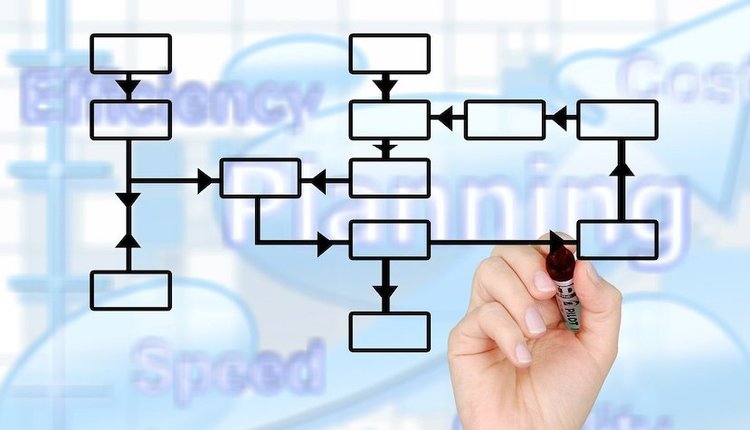
Image by: Romolo Tavan, ©2018 Getty Images
Back in 2002, a senior vice president of Citibank stated, “We are a software business masquerading as a bank.”
The power of software—in terms of competitive advantage and even as a core business foundation—has long been recognized, though it does come with some sort of drag when it comes to implementation.
There are several reasons for this drag, but the myths around information technology (IT) and software are a major part of the problem. Here are just a few:
There are several reasons for this drag, but the myths around information technology (IT) and software are a major part of the problem. Here are just a few:
- Avoid Client Customization (“You Think You're Different, but You're Not”): This statement is a testament to the fact that the differences between companies are what actually drive their choices. This is a typical myth spread by software vendors attached to rigid solutions.
- Software Must Never Be a Source for Competitive Advantage: In today’s world (whether you like it or not), IT and the business blend together, and there is no way to distinguish them. The core business, with its supporting software, is one entity.
- Best Practices Are Already Included in the Software (“No Need to Change Them”): This is a remake of the “one-size-fits-all” statement. We are still fascinated by best practices, especially when even the smallest action makes a whole big difference in terms of market impact.
- Limited Configuration Is Enough, Instead of Modeling: Some software products show configuration menus, but these are based on a fixed prejudice around “best practices.” On the other hand, some corporate cultures will also prevent real comprehension around the issue.
- Top-Down Discipline: You can label any genuine doubt as a “resistance to change.” When bosses are not leaders, they tend to assume that they must know everything, even in matters where they're not experts. Therefore, they make a decision and, naturally, can’t be opposed.
- Avoid Comparing with Other Software Solutions: Comparisons imply knowledge, indicating reasoning and open-minded thinking. This may be a nuisance for many corporations. It is easier just to follow the "trendy" thing to do.
If our company is really determined to keep their proven best practices, they can ask their vendors to “develop” whatever is necessary in order to comply with them. This is always one of those situations where we all know where it starts, but it's anybody’s guess where it will end. Hiring a software house to code from scratch will also lead to an unknown finish line—coding and iteration times are long and prone to a lot of errors and misunderstandings.
We have all seen this movie, time and time again. At this moment, major stakeholders are selecting new solutions based on the best fit, with some trade-offs to accommodate for the functionality of the software. The company loses some, or many, of their best practices, leading to a lengthy change process to adapt to the new methodology. Eventually, staff members will start creating and using their own apps to manage their information—and another nightmare is on the rise for the near future.
There is a very funny story that reflects the sad reality out there:
Wanting to be more stylish, a man bought a new suit from a prestigious tailor.
When he tried on the coat, his left sleeve was too short, but the tailor showed him that if he lifted his arm a little, it was all right.
The back of his coat was too long, but the tailor showed him that if he leaned forward a little, it was no longer noticeable.
When he pulled on his pants, one pant leg was shorter than the other—to which the tailor suggested that he raise his leg a little.
“You look very elegant in this suit,” said the prestigious tailor.
Convinced, the man took to the street, very pleased, and followed all the recommendations: left arm half raised, back bent forward, a limp from his leg, and a big smile on his face.
Therefore, he was very surprised when, passing by a couple, he heard the lady say, “Look at that man! So crippled.”
To which the husband replied, "But how competent was the tailor!"
For decades, companies have developed their own best practices, and when they want to automate them (via technology or software), those best practices face rigid rules from software vendors who have already decided on the “best practices” for their one-size-fits-all solutions.
In this way, companies will be crippled, but how competent was the tailor!
Joao Penha-Lopes specializes in document management since 1998. He holds two postgraduate degrees in document management from the University Lusofona (Lisbon) and a PhD from Universidad de Alcala de Henares (Madrid) in 2013, with a thesis studying the economic benefits of electronic document management (EDM). He is an ARMA collaborator for publications and professionally acts as an advisor on critical information flows mostly for private corporations. Follow him on Twitter @JoaoPL1000.







